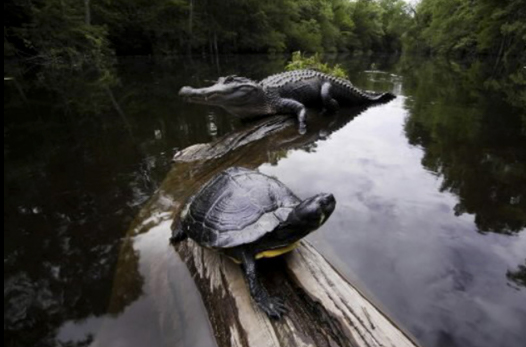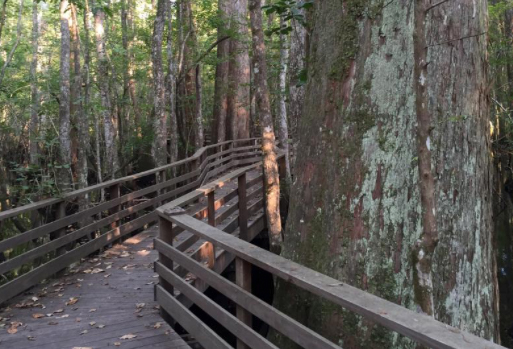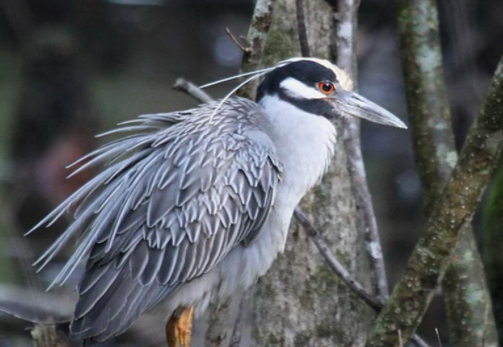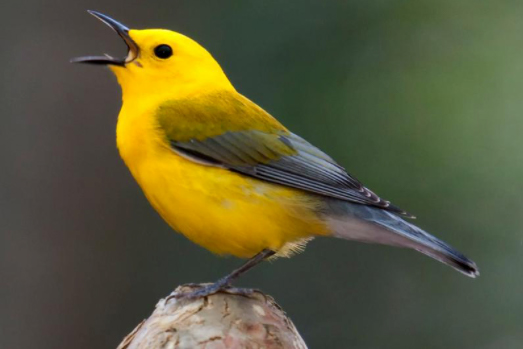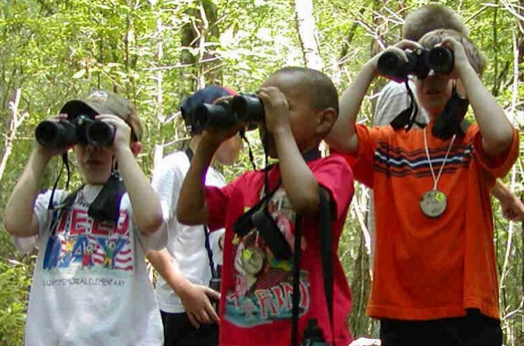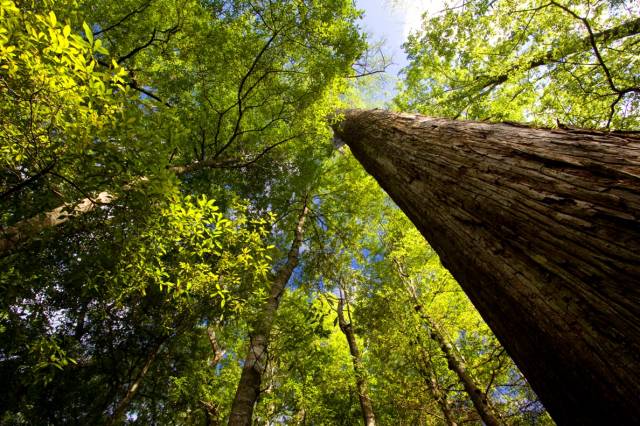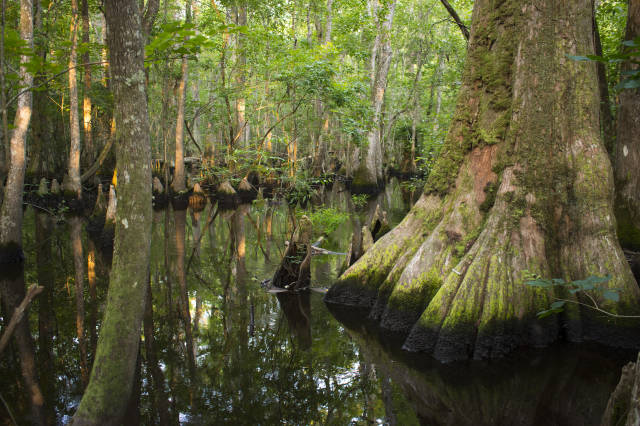Home to snakes, crocodiles, bobcats, and bats, a visit to the Blue-Source Francis Biedler Improved Forest Management project is not for the faint of heart. In addition to 63 species of amphibians and reptiles, 56 species of neotropical birds, mammals and invertebrates, this swampy reserve is the world’s largest forest of virgin bald cypress and tupelo gum hard trees. Within its 16,000 acres of prop roots, murky waters, and range of biodiverse critters, 1,800 acres is considered an old growth forest- with some trees older than 1,000 years.
The Bluesource – Francis Beidler Improved Forest Management project is an Audubon wildlife sanctuary in Four Holes Swamp, a blackwater creek system in South Carolina. The project is dominated by native hardwood species (bald cypress, black gum, red maple, sweet gum, water oak) in uneven aged stands with a smaller component of native softwoods (loblolly, spruce, longleaf pine). While the streams are certainly not for swimming, 60 species of fish who reside in the Atlantic Ocean as adults, started life in these streams, as they feed into other streams and rivers that merge with the Atlantic Ocean.
Before the Audubon Society acquired the land, the area was harvested for timber, often cutting the most valuable trees up to 100% growth. The Audubon Society placed a permanent conservation easement on the forest property to prohibit future development or commercial harvesting. To generate funds for the long-term maintenance of the area and protection of additional buffering lands, Audubon initiated a forest carbon project.
Aside from the habitat protection provided to the flora and fauna, the forest is a tourist attraction with naturalist-guided tours, bird walks, canoe and kayak trips, summer camps, and a 1.75-mile guided walk on a raised boardwalk trail which serves to introduce newcomers to the concept of a cypress swamp.

